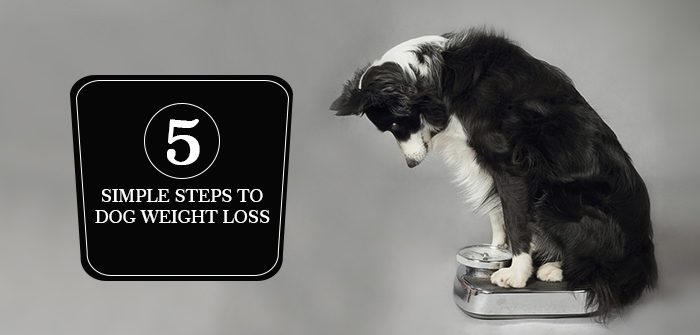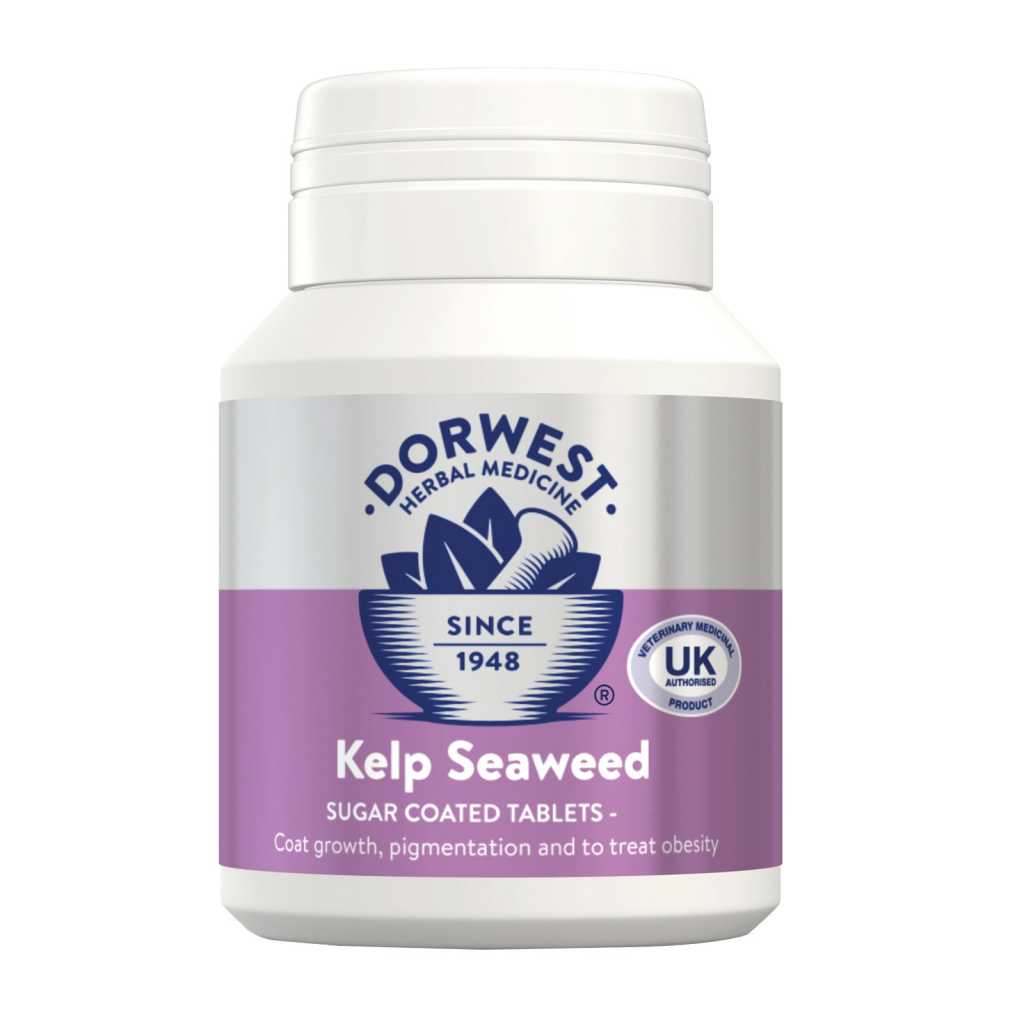How To Help Your Dog Lose Weight?
Your dog is probably nonchalant about being overweight. They’re satisfied as long as they can pursue that adjacent squirrel and jump on the nearest soft furniture. However, additional weight can cause pain in dogs with arthritis or joint problems. Dogs who are thinner may live up to 15% longer and develop arthritis later.
If your dog is overweight, you may need to change a few routines. Small adjustments in their play routine and eating habits will be easily accepted by most dogs. And perhaps, your patience will pay off in the form of more quality time with your dog.

What is the ideal weight loss for my dog?
Using your dog’s height and breed to predict how much they should weigh is practically impossible. Animal experts and vets suggest following a body condition chart to determine how much weight your dog should reduce. When you run your hands along your dog’s sides, you should be able to feel your dog’s ribs readily while running your hands over their sides. They should have a distinct waist that is immediately seen. Your dog is overweight if there is extra padding on the ribs and waist.
Don’t be concerned if your dog’s bodily condition is a 4 or 5. You should begin slowly because gradual weight loss is ideal for your dog. Weigh your dog at your veterinarian’s office or at home on your scale. Then, for the next month, set a weight loss goal of 4 to 5 percent of their total body weight.
You’ll know if your modifications are working when you weigh him in four weeks. Allowing your dog to lose more than 6% of its body weight can cause their muscles to atrophy and their appetite to increase. If they’ve lost more weight than predicted, get them back on calculated weight gain diet or consult an expert nutrition veterinarian.
Prior to Starting a Weight Loss Program
Scheduling your dog’s annual physical examination before beginning a weight-loss program allows you to discuss any potential issues with your veterinarian. If your dog has suddenly gained weight without making any dietary adjustments, they may have an undiscovered health problem.
A yearly physical is also an excellent opportunity to address how current health issues should affect your weight-loss strategy. Insulin dosages for diabetic dogs, for example, are linked to the amount and type of food they consume. A change in diet without a change in insulin dosage could put your dog’s life in danger. In addition, many prescription drug dosages are based on your dog’s weight. You’ll be able to continue with confidence if you communicate your goals to your veterinarian.
Five Simple Steps to Dog Weight Loss:
Step 1: Select Diet That Is High In Protein And Low In Carbohydrates
The majority of dogs eat kibble. It’s shelf-stable, simple to prepare, and nutritious for your dog. When making kibble, some sort of carbohydrate is used to bind the other elements together. These carbohydrates provide your dog with important nutrients, but they may also cause him to gain weight.
Step 2: Determine How Much You’re Feeding Them
What factors did you consider while deciding how much to feed your dog? The manufacturer’s suggested feeding instructions are usually found on the side of the bag or can. However, because your dog is unique, these generalized feeding rules are unlikely to be followed. It’s probable that he gained weight due to inflated manufacturer feeding recommendations. To counteract bloated recommendations, consider lowering their intake by 5% at mealtimes. If they don’t lose five percent of their body weight in a month, try another five percent reduction.
Step 3: Encourage Your Dog to Move More
Your dog probably has a favorite activity, whether it’s a lengthy stroll, a game of fetch, or a tug-of-war. Now is the moment to encourage him to increase his daily workout. If your dog is a snuggly couch potato, consider what their forefathers were intended to do. For example, if you start throwing a toy into the pool, your sweet Labrador may discover their love of fetch. Alternatively, if you have a bright Border Collie, you might be surprised by their natural agility.
Step 4: Weight Loss Supplements
For weight loss, your dog does not require supplements. However, as they begin to lose weight, you might wish to experiment with weight-loss supplements. Supplements like glucosamine and chondroitin, for example, can make exercise easier for overweight or elderly dogs. These minerals, which are usually found together in a joint supplement, can aid in general mobility.
Step 5: Determine Which Non-Food Rewards Your Dog Enjoys
Although every dog enjoys a good treat, there are many other ways to show your dog that you care. Include belly rubs, head scratching, and lots of vocal praise in your arsenal of rewards. Also, don’t overlook the value of a fast play session–many working dogs would rather have 60 seconds of fun with a favorite toy than any treat.
Bottom line
Your ultimate goal may be weight loss, but the good behaviors you’ve developed together will always benefit your dog. Even if you plan your weight loss efforts to continue a year or longer, you’ll notice health benefits that go beyond the scale soon. So, make regular visits to your veterinarian and accept weight loss as a process that will lead to healthier habits and better health.


